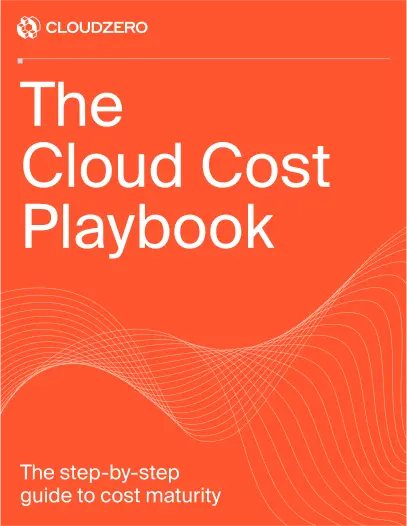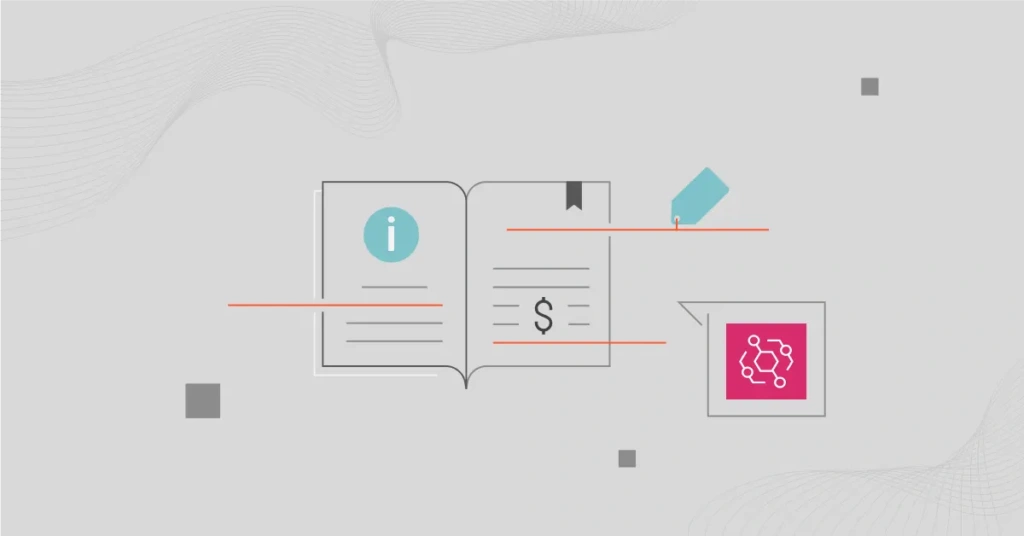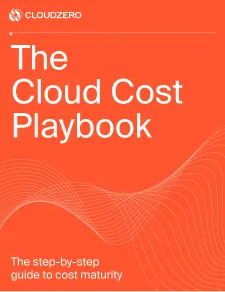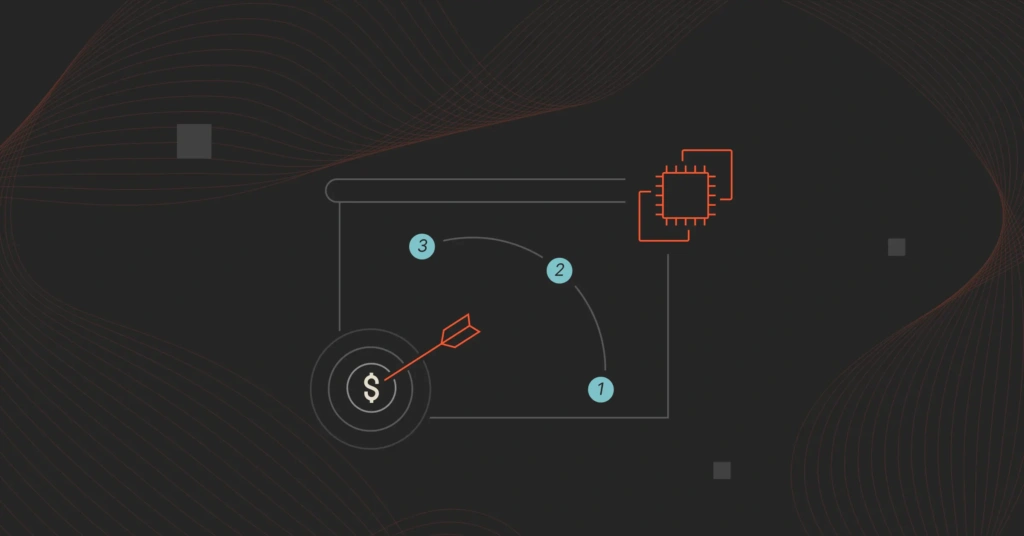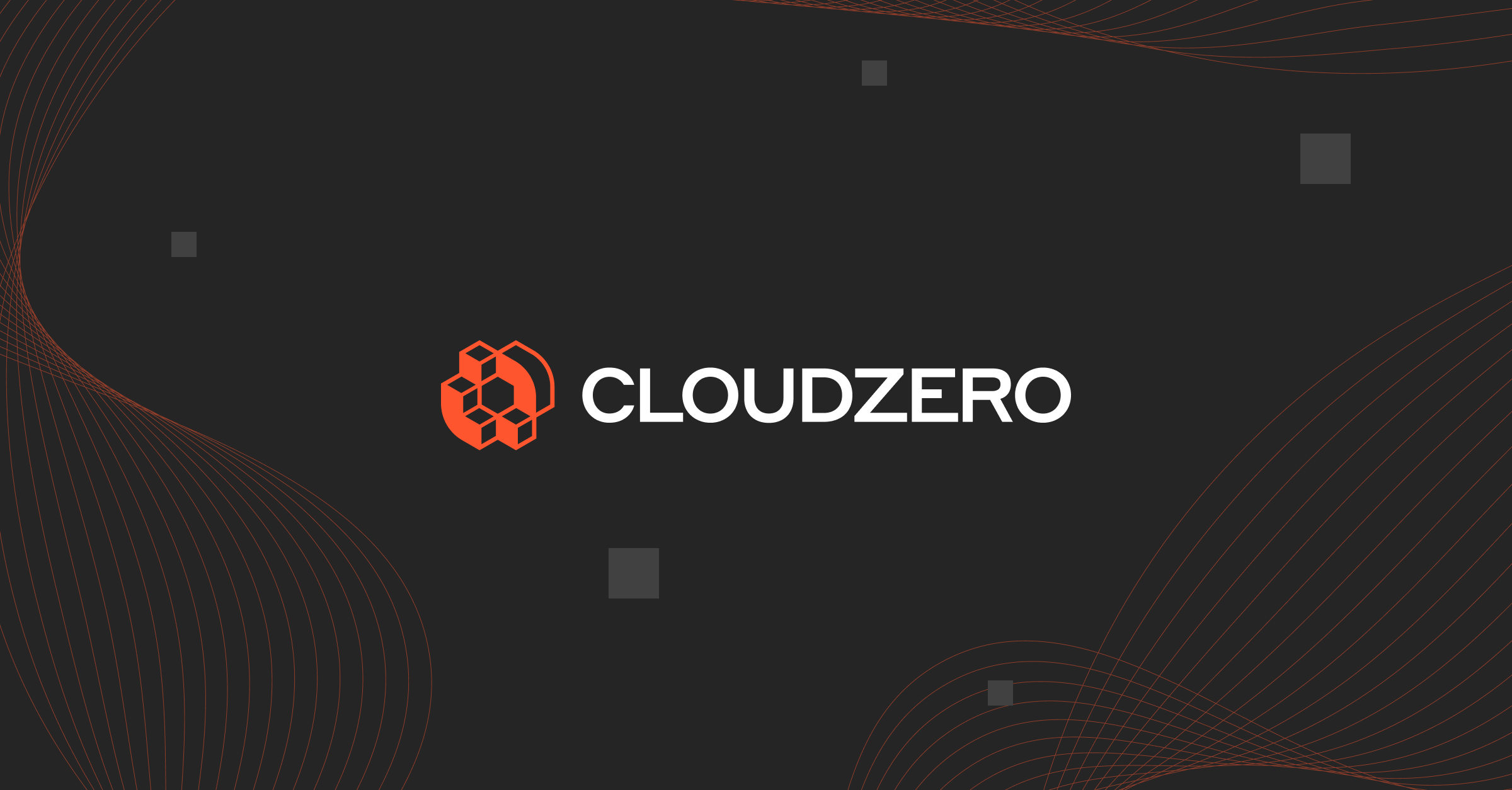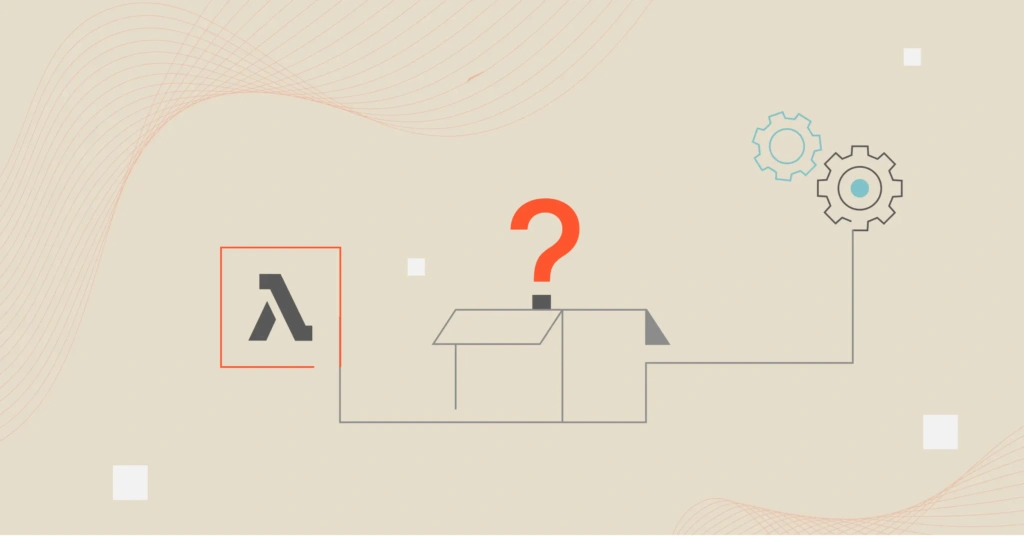Amazon EventBridge is a powerful tool for building event-driven architectures. It’s built to connect and simplify real-time data processing and automation across your cloud stack (AWS services, customs apps, and SaaS applications).
But when it comes to pricing, things can get a little tricky. Estimating EventBridge costs at scale is often daunting. There are just too many moving parts involved.
That’s why in this guide, we’re breaking down what goes into an Amazon EventBridge bill.
We’ll also share a smarter, simpler way to understand, manage, and optimize your EventBridge costs — without sacrificing performance, user experience, or engineering innovation.
What Does Amazon EventBridge Do Exactly?
Amazon’s EventBridge is a fully managed event bus service. This serverless platform simplifies the process of connecting SaaS applications, AWS services, third-party tools, and custom applications through event-driven workflows.
You can use EventBridge to ingest, filter, transform, and deliver events from these multiple sources to multiple targets.
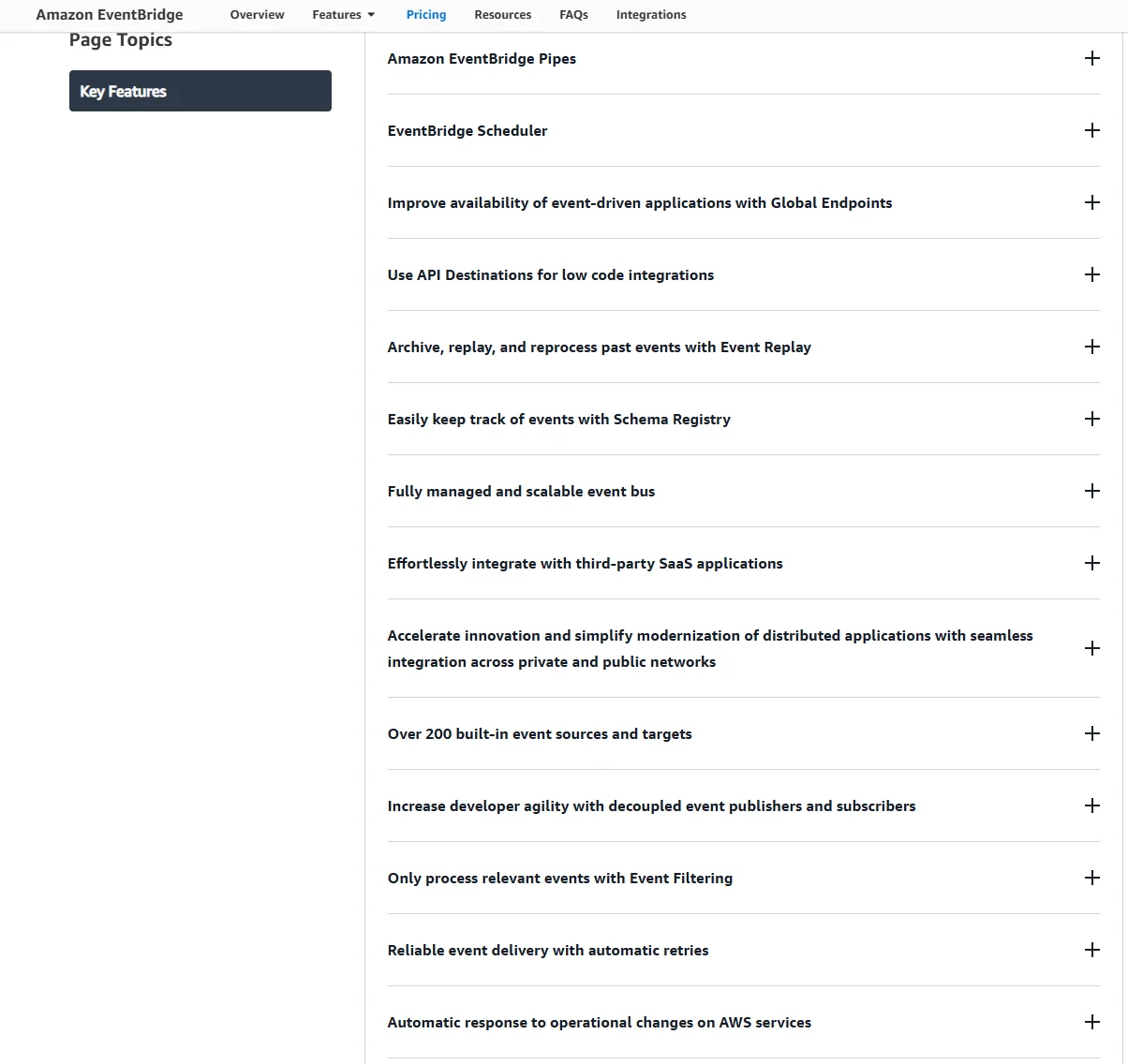
Image: Amazon EventBridge features
Think of EventBridge as a central hub that listens for events (changes, messages, updates, actions) happening across different systems. And it routes them to the right place automatically.
For your team, this means you do not have to constantly check for updates or write complex code to connect services manually. Instead, you can set filters and rules in EventBridge to automate things, enabling your applications to react in real time to business and system events.
This capability is crucial for building scalable, event-driven architectures that improve agility and reliability in software systems. And that’s not all.
EventBridge also matters for several more reasons:
- It automatically scales to handle increasing event volumes without requiring infrastructure management.
- The service provides a centralized platform for integrating multiple event sources and targets.
- You can use it for real-time event processing and routing, allowing immediate reactions to system changes.
- Pricing for Amazon EventBridge follows a pay-as-you-use model. Additionally, there are no charges for events sourced from other AWS services.
You’ll notice additional EventBridge benefits based on your role:
- For Engineers: The tool reduces complexity in event-driven applications and is also cost-effective. It minimizes the need for custom polling, scheduling, and manual service integrations.
- For CTOs: The platform helps scale applications efficiently. It does this by ensuring services communicate in real time without extra infrastructure overhead.
- For CFOs: Since you only pay for what you use, EventBridge helps you cut costs compared to running constant API polling, redundant background jobs, or building in-house event management solutions.
Speaking of cutting costs, here’s a deeper dive into how Amazon EventBridge pricing works.
How To Understand EventBridge Charges
Amazon EventBridge is a serverless service, so pricing is based on usage (pay-per-use model). You only pay for what you use.
Yet, AWS EventBridge pricing may not be as straightforward as you’d like. This is mainly because it includes several cost components that influence overall charges.
The main Amazon EventBridge features that influence overall costs are:
- Event origin and type: EventBridge supports four types of events: internal AWS events, cross-account events, custom events, and partner events. Events from AWS services are generally free, while custom or third-party SaaS events incur charges.
- Event size (payload): This refers to the event size, which shouldn’t exceed 64KB for a single event. Events larger than 64 KB are counted as multiple events based on size. For example, a 128KB event counts as two events.
- Delivery destination: There are no charges for delivering events within the same AWS account. But sending them to different accounts incurs a charge.
- Event replay and archiving: Storing and replaying events incur costs for both storage and processing.
- EventBridge Pipes: Pipes transform data before sending it to targets. Pricing is based on requests processed after filtering.
- Scheduled tasks: There’s a cost for scheduling tasks (one-time or recurring), although AWS offers up to 14 million invocations as part of the free tier. Additional invocations incur charges.
- API destinations: API Destinations allow you to send events from an EventBridge Event Bus or Pipe to any web-based application — whether it’s hosted on a public or private network.
- Data transfer fees: You pay for data transferred from EventBridge to other AWS services or the internet. Exactly how much depends on the amount of data transferred and the destination.
- Schema registry: It is free to use the Schema Registry for both AWS and custom schemas. Each 8 KB chunk of a Schema Discovery payload counts as one ingested event during billing. For example, a 24 KB payload counts as three ingested events.
- Event replays: You can specify event patterns to control which events are archived for replay.
- AWS Region: As with most AWS services, the exact costs you pay often depend on the region where your resources are deployed. This is because operating costs vary across different physical data center locations.
These factors collectively determine the overall cost of using Amazon EventBridge. In the next section, we look into exactly how they affect your EventBridge bill.
Factors That Influence AWS EventBridge Pricing
Here is a detailed breakdown of each EventBridge pricing component, along with practical examples to help illustrate your potential costs.
1. Event type pricing
- AWS management events: These are free. They include state change events from AWS services like Amazon EC2 (compute) or Amazon S3 (object storage).
- Custom events: These are events you create yourself. They cost $1 per million events published.
- Partner events: These come from third-party SaaS applications. They also cost $1 per million events published.
- Cross-account events: Delivering events to a different AWS account costs $0.05 per million events. Cross-account AWS management events cost $0.01 per million.
2. Pricing for event payload size
As mentioned earlier, events are limited to 64 KB each. So, a 256 KB payload is counted as four events. Pricing is $0.04 per million requests entering a pipe after filtering.
3. Pricing for event delivery destination
Here are three factors you’ll want to account for:
- Same account: Delivering events to services within the same AWS account is free.
- Different account: Delivering events to services in a different AWS account incurs a $0.05 per million events charge.
- Another event bus: Sending events to another event bus costs $1 per million events.
4. EventBridge scheduler pricing
After you exceed the free tier limit of 14 million invocations per month, you’ll be billed at $1 per additional million invocations.
5. Pricing for EventBridge pipes
Transforming data before sending it to targets costs $0.40 per million requests after filtering.
6. API destinations
The cost here is $0.20 per million invocations. Here’s a quick example.
Scenario 1: Public HTTPS Endpoint
Say you invoke 3 million events in one month from your Event Bus to an HTTPS endpoint reachable via the public internet. In that case, your bill would be:
Event size: Each about 64 KB each
Monthly API destinations charges: 3M events × $0.20 per million = $0.60/month
Scenario 2: Private HTTPS Endpoint via AWS PrivateLink + Amazon VPC Lattice
If you invoke 2 million events (with each about 64 KB) to a private HTTPS endpoint, then your charges will be:
Monthly API destinations charges = 2M events × $0.20 per million = $0.40/month
Something else to note here. You may incur additional data transfer costs depending on where your events are sent:
- For public endpoints, you’ll be billed under standard AWS Data Transfer Charges for data sent to the internet. See our complete AWS data transfer charges guide here for more details.
- Private endpoints (via AWS PrivateLink and Amazon VPC Lattice), the data transfers will be billed according to standard AWS PrivateLink and VPC Lattice pricing.
For the most up-to-date pricing, check the official AWS pricing pages for both EventBridge and any related services.
7. Schema registry
Schema Discovery costs $0.10 per million events ingested. Consider this example:
If your development environment publishes 3 million events in a month, each averaging 3 KB, and you’ve enabled Schema Discovery on your development Event Bus, your charges would be:
- Event publishing:
3M events × $1.00 per million = $3.00/month
- Schema registry:
Free
- Schema discovery:
3M events won’t incur additional charges because they are covered within the 5M events/month Free Tier.
Total monthly EventBridge charges: $3.00 + $0 + $0 = $3
8. Charges for event replay and archiving
If you enable event archiving for replay, you’ll be charged $0.10 per GB per month for storage. Replaying archived events incurs processing costs ($0.023 per GB). For event replay, you’ll be billed at the same rate as custom events ($0.01 per million).
Cost Comparison: Amazon EventBridge Vs. Alternatives
Amazon EventBridge does not have a direct alternative within AWS. But if you’re migrating from or to Microsoft Azure or Google Cloud Platform (GCP), Amazon EventBridge is the equivalent of Azure Event Grid and Google Cloud Eventarc.
However, AWS offers other services you can use for similar purposes (or to complement EventBridge):
Amazon Simple Queue Service (SQS)
SQS is a message queue service you can use for event-driven architectures. Keep in mind that it is more focused on message queuing and fanout messaging (point-to-point communication) rather than event routing and filtering like EventBridge.
Amazon SQS pricing is tiered and based on a pay-as-you-go model. No minimum fees are required. The service offers a free tier, allowing up to 1 million requests per month.
Beyond that, charges apply as follows:
- Standard queues cost $0.40 per million requests up to 100 billion, decreasing to $0.30 per million for usage between 100 billion to 200 billion and dropping to $0.24 per million for requests exceeding 200 billion per month.
- FIFO queues are slightly more expensive, starting at $0.50 per million requests up to 100 billion. That reduces to $0.40 per million for the next 100 billion and finally to $0.35 per million for over 200 billion requests.
- Charges for data transfers out of the service start at $0.09 per GB for the first 10 TB per month, decreasing as volume increases.
Amazon Simple Notification Service (SNS)
SNS is particularly ideal for fanout messaging and notifications. You can use it alongside EventBridge for specific use cases, but it is particularly ideal for services such as push notifications and messages to multiple subscribers.
Amazon SNS pricing also follows a flexible pay-as-you-go model. You only pay for what you use each month. No minimum fees or long-term commitments are required here either. You are free to scale your messaging needs up or down based on demand.
Your SNS bill is calculated based on several key factors, including:
- Topic type: Whether you’re using Standard or FIFO (First-In-First-Out) topics.
- Message volume: The number of messages published and delivered.
- Message filtering: Use of subscription filters to control message delivery.
- Message archiving and replay: Costs for storing and replaying past messages.
- Data transfer fees: Charges for sending messages across networks.
- Message data protection: Using encryption or payload protection features.
- Additional features, such as cross-region delivery or integration with other AWS services
Want to dive deeper into the specifics? See our guide to Amazon SNS pricing here.
How To Collect, Manage, And Optimize Your Event Costs The Smarter Way
Hopefully, this AWS EventBridge pricing guide has helped clarify the multi-layered nature of its cost structure.
But let’s be honest.
Calculating EventBridge costs at scale can be overwhelming. And doing it manually? Nearly impossible.
You might consider relying on the cloud provider’s default cost management tools to track EventBridge costs every 30 days. The problem is, the tools often lack the granularity to show you who, what, or why your EventBridge costs are changing.
As a result, you’re left guessing where to cut usage without sacrificing performance.
That means missed opportunities to improve your cloud efficiency, reduce your cost of goods sold (COGS), and boost your bottom line.
With CloudZero, you don’t have to sacrifice performance, user experience, or engineering velocity to run your event-based applications.
CloudZero’s powerful cloud cost optimization tools help you to:
- Automate 100% of your cost allocation across any environment.
- Gain granular insights like cost per request, cost per customer, and cost per deployment. This precision means you can tell exactly where to cut usage to improve costs without causing damage.
- Get real-time, context-rich anomaly alerts to catch overspending before it spirals.
These are just a few of the capabilities that ambitious teams at Skyscanner, Coinbase, and Drift rely on CloudZero for. There are a lot more — the same kind that helped Upstart save over $20 million recently. Ready to see what CloudZero can do for you?  to try it risk-free.
to try it risk-free.
